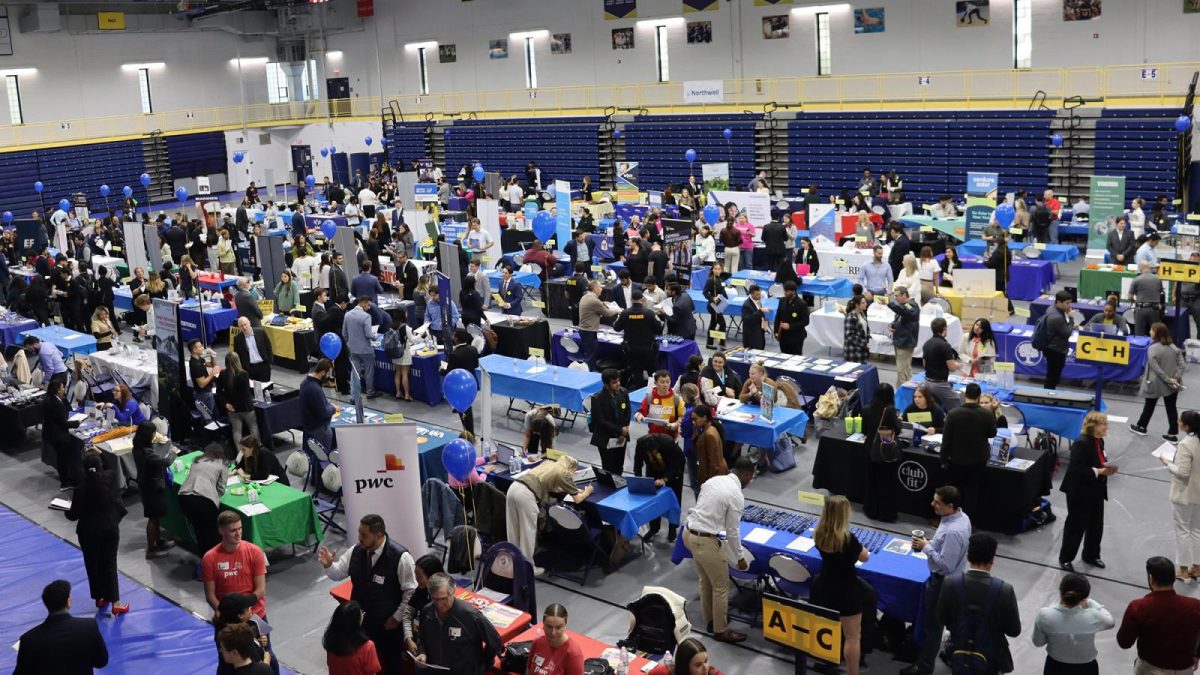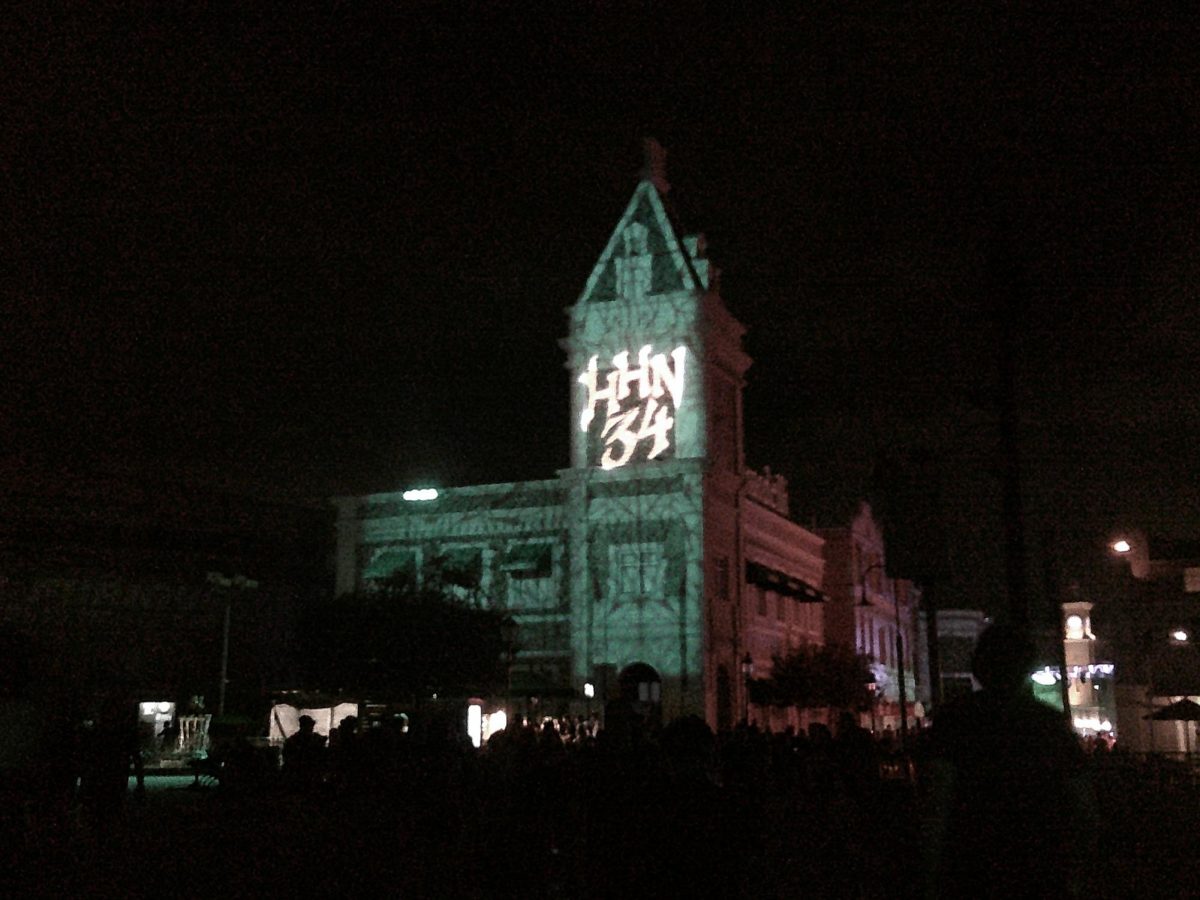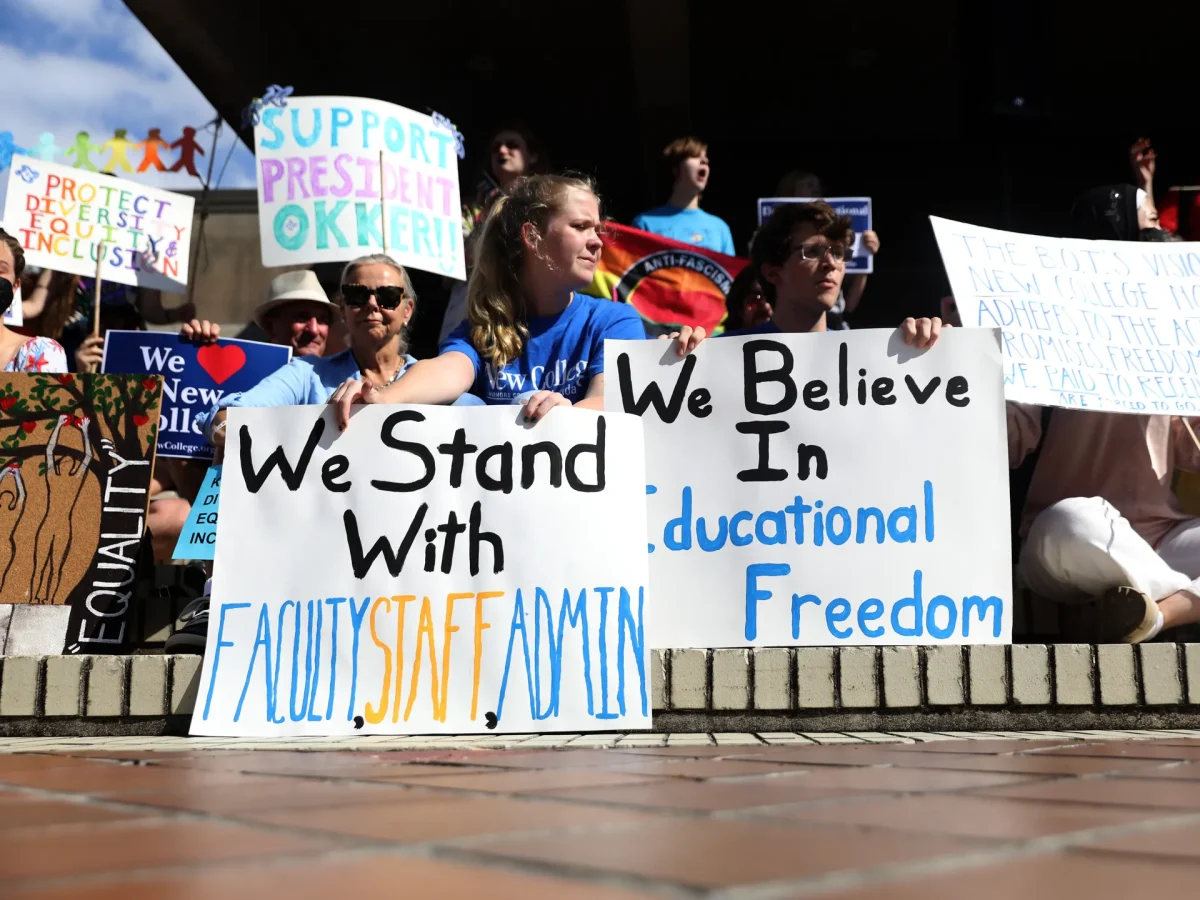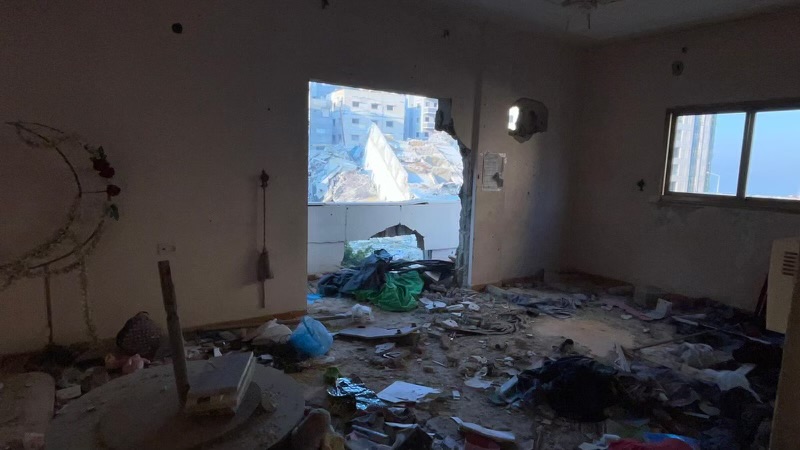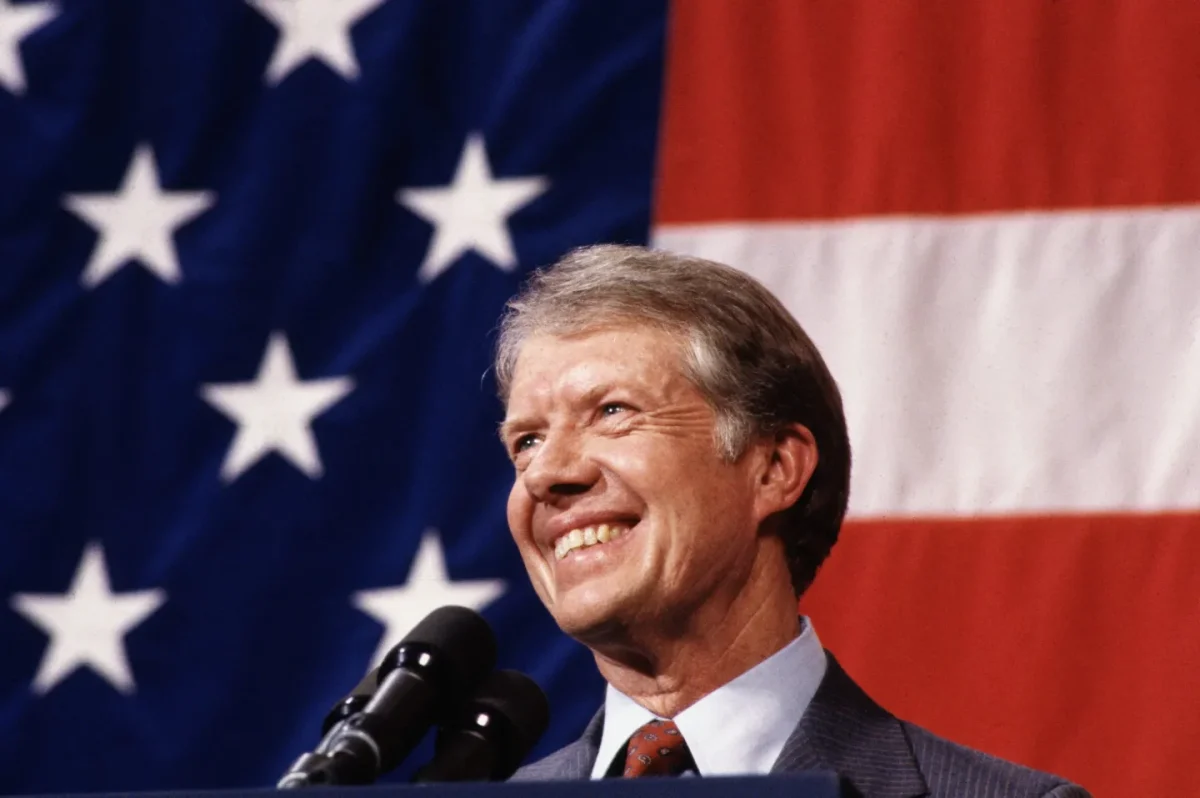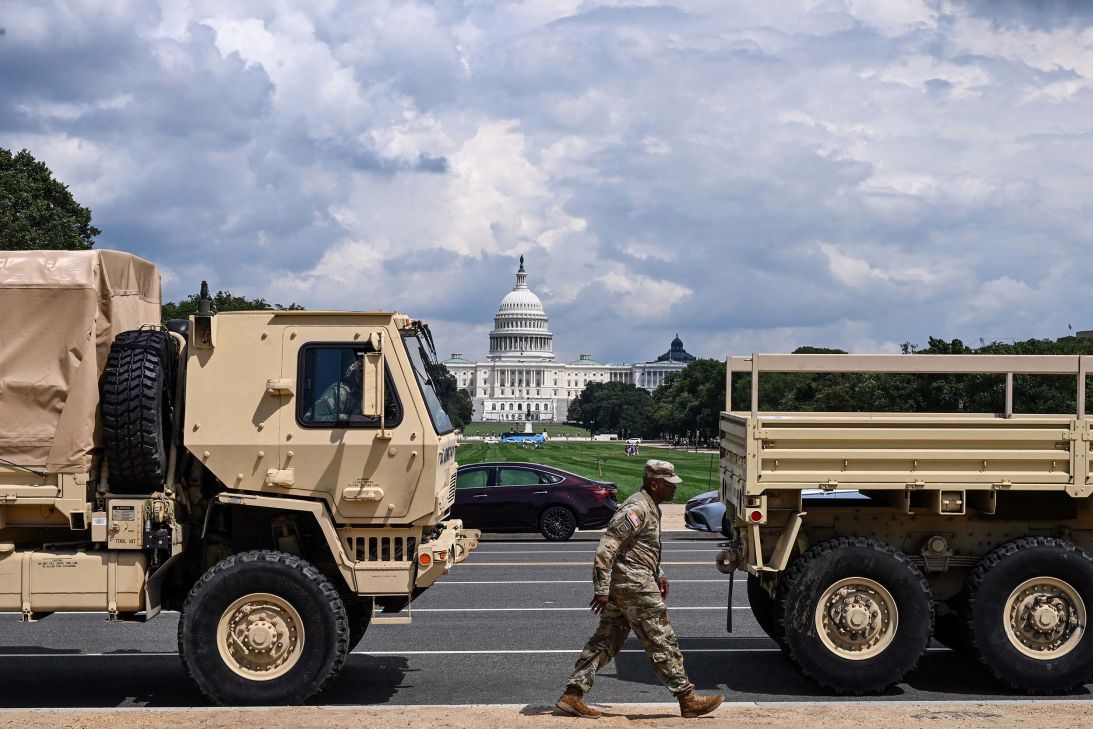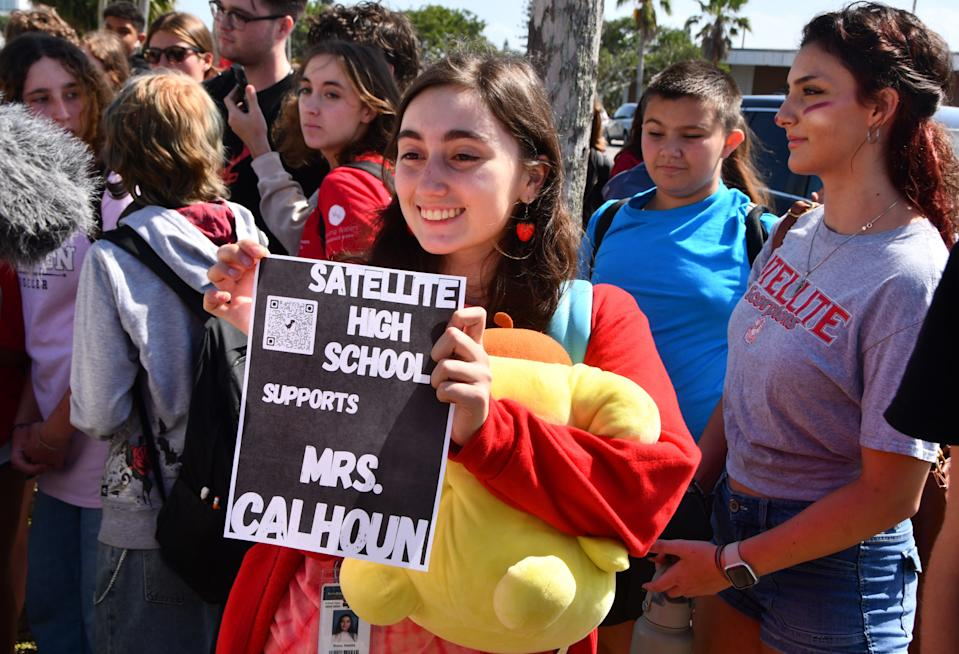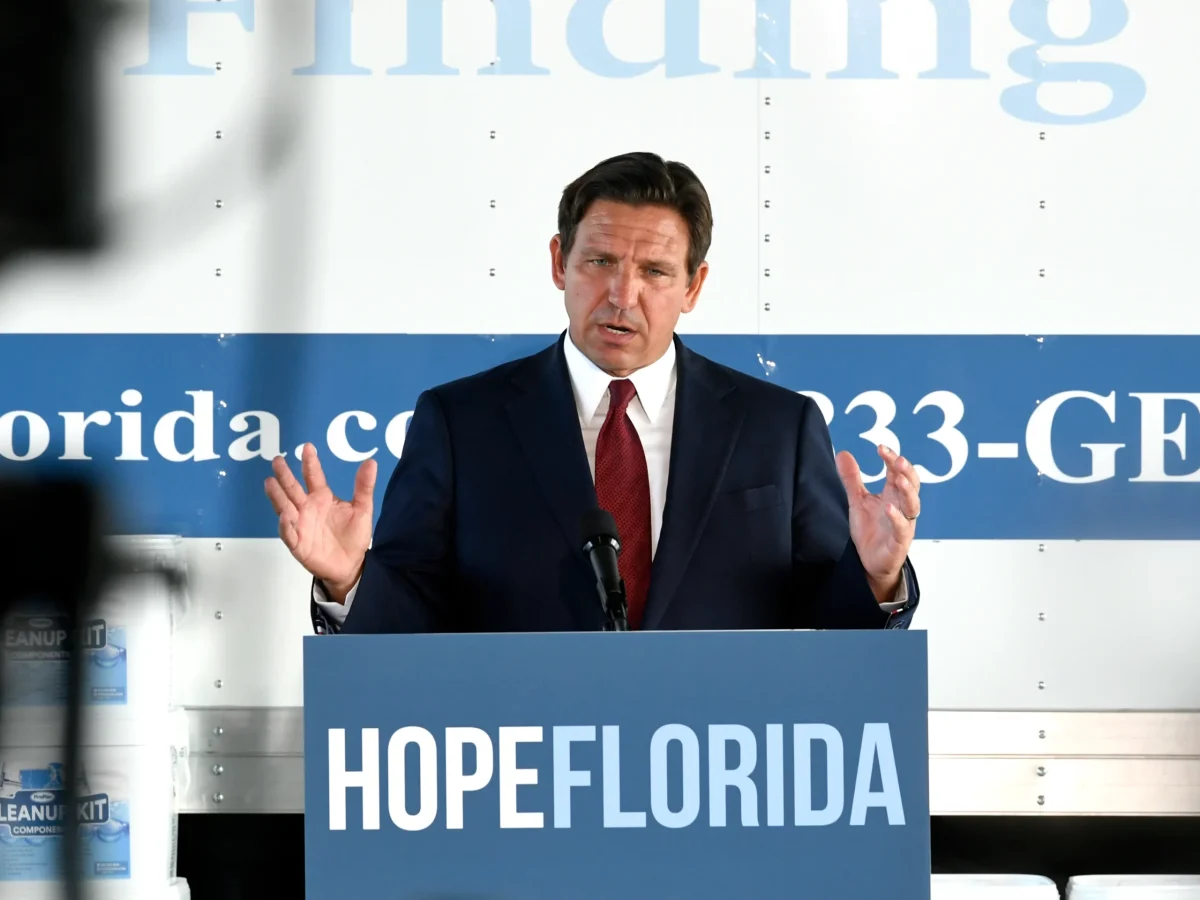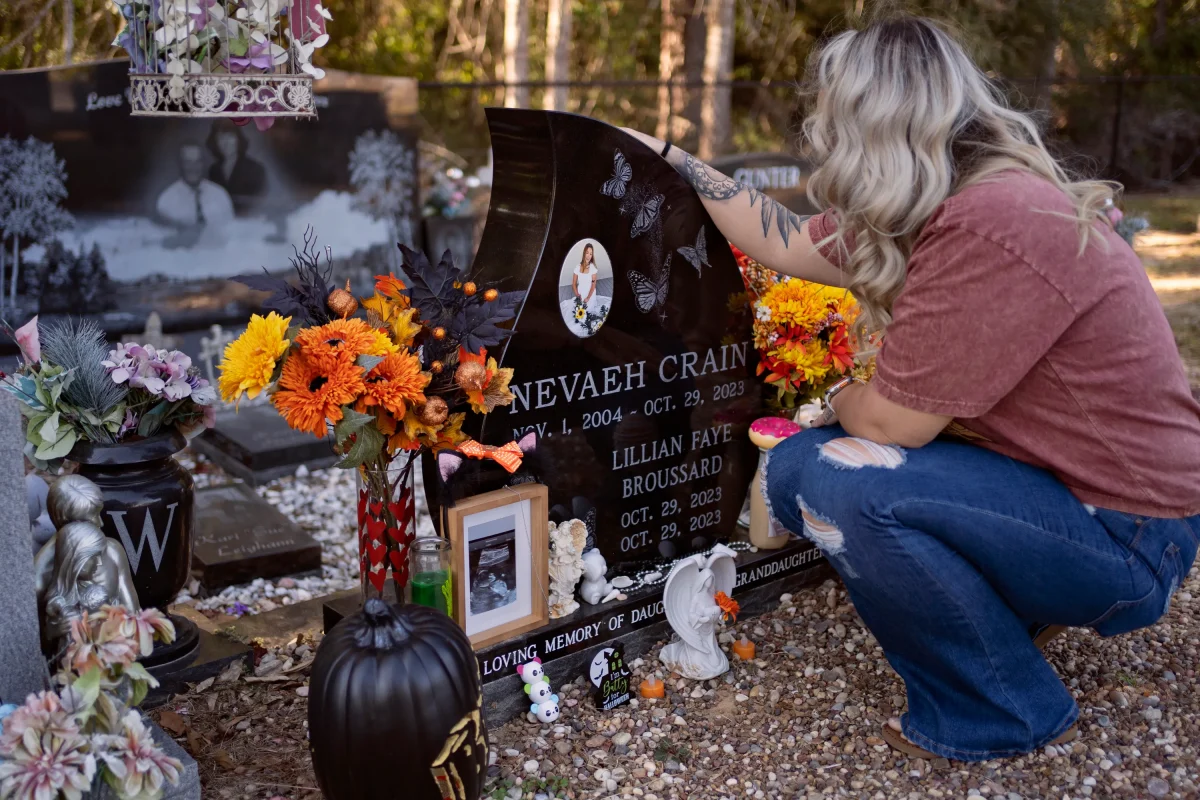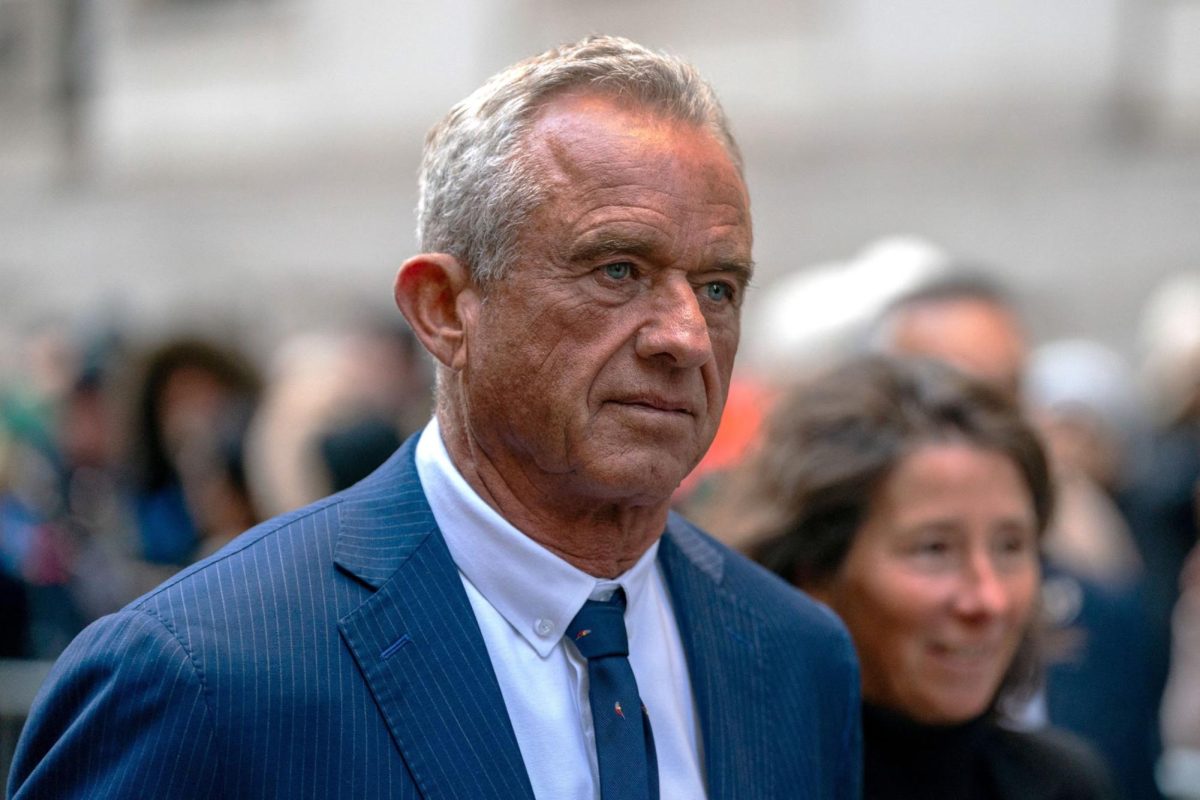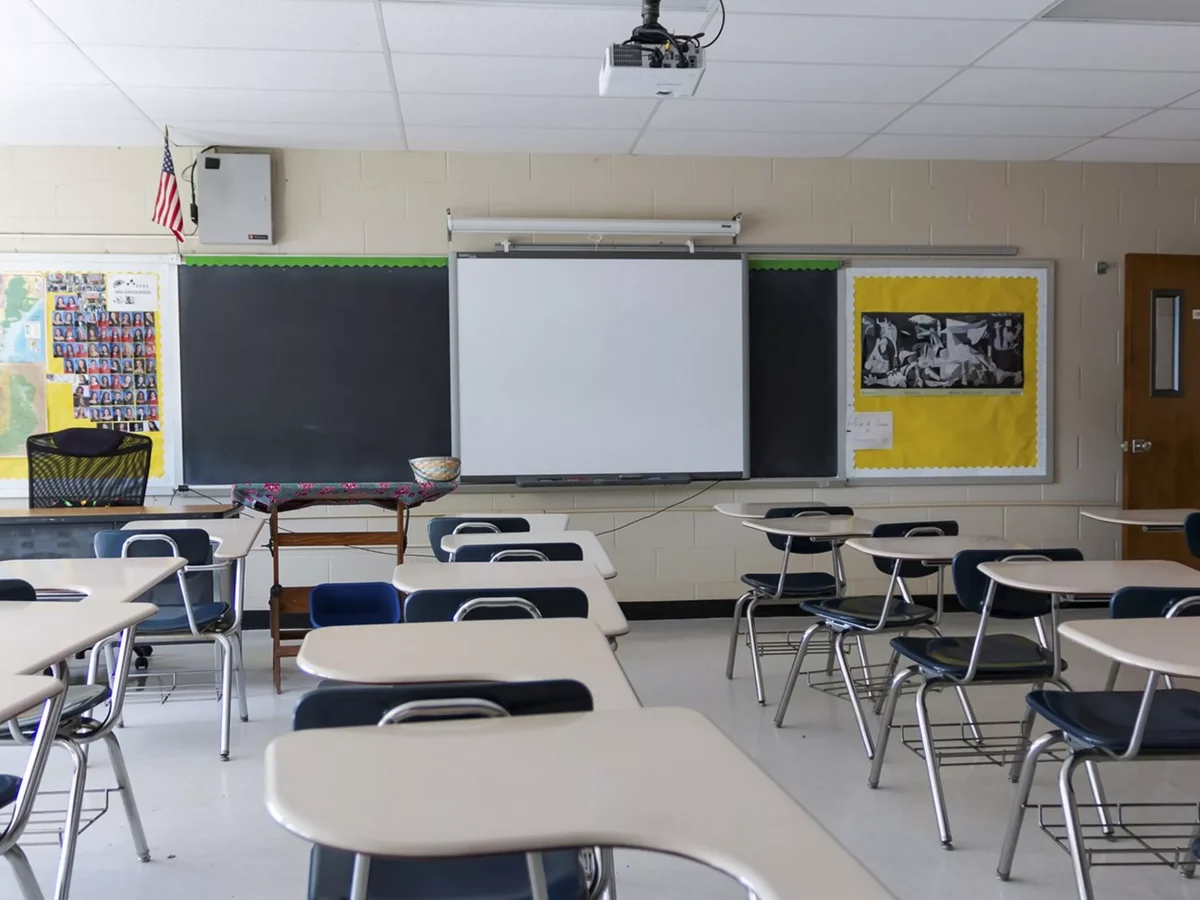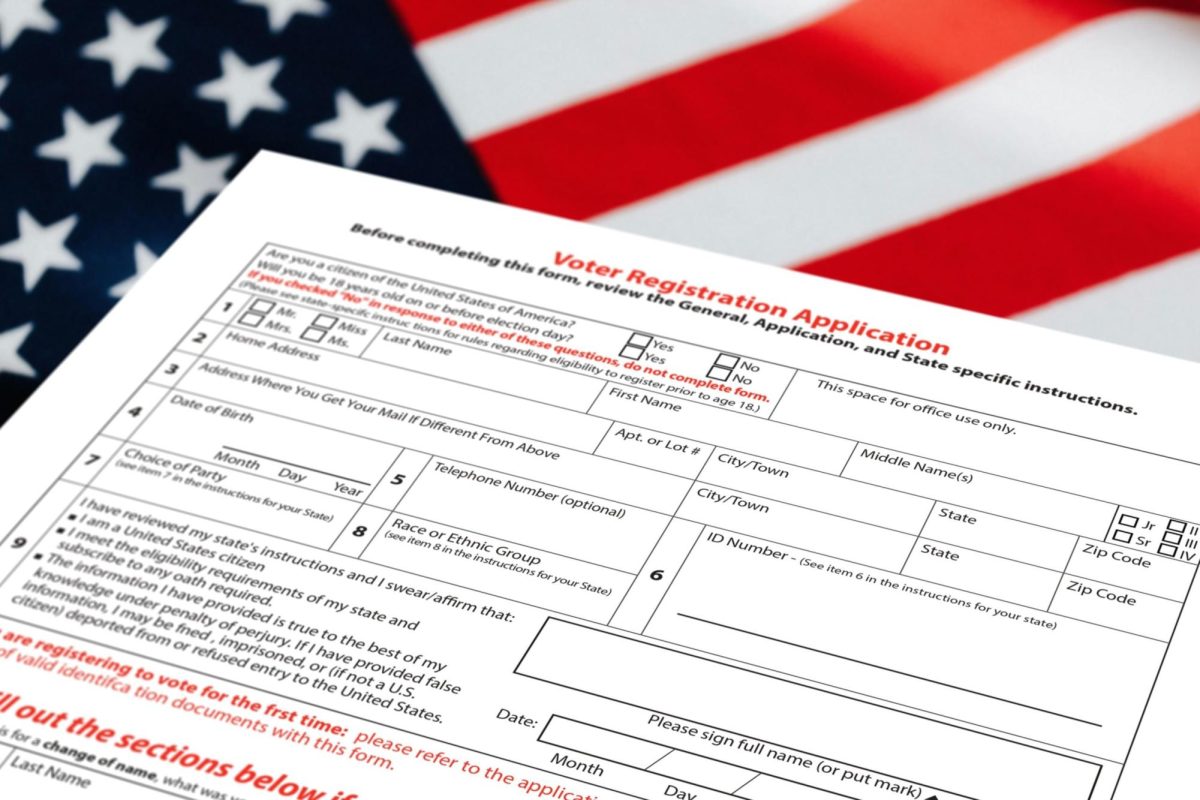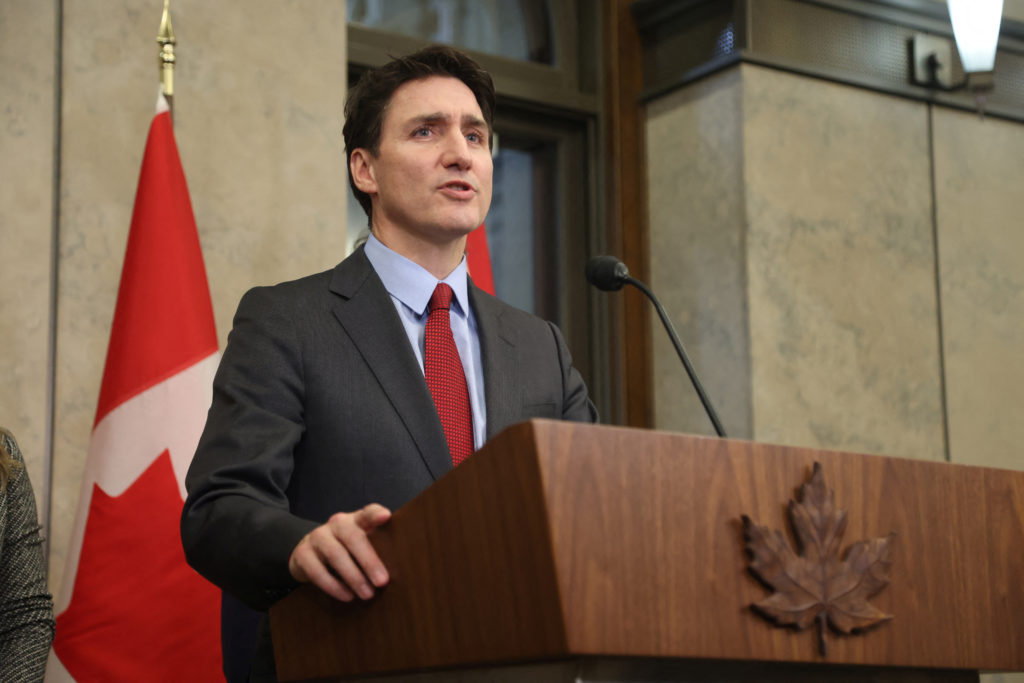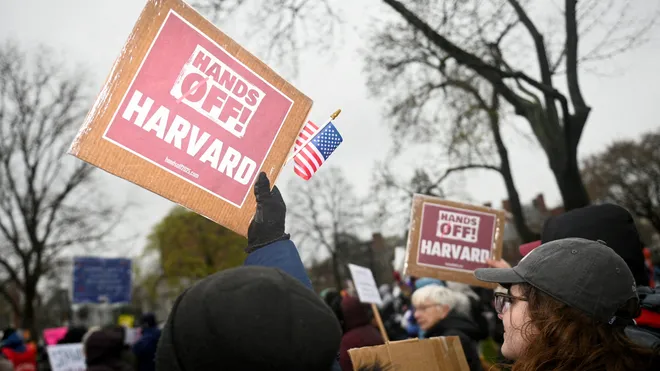On February 3rd, President Trump sanctioned a 30-day halt on his tariff plans against Mexico and Canada as America’s two largest trading partners took steps to appease his concerns about border security and drug trafficking. This pause provides a cool-down period following rising tensions as a trade war threatened prices for importers and consumers.
After last-minute calls with Trump, Canadian Prime Minister Justin Trudeau agreed to reinforce his country’s border with the US to clamp down on migration and the flow of the deadly drug fentanyl. “There are a lot of barriers that just don’t make sense. But it’s going to require all of us, not just governments, but business leaders as well, to step up and push hard and make sure that in this moment, we actually move forward on free trade within Canada,” said Trudeau in a press conference.
Trudeau announced that Canada was introducing a 1.3 billion USD border plan that included nearly 10,000 frontline workers and more resources to halt the flow of fentanyl, a synthetic drug 50 times stronger than heroin, which Trump has cited as a major concern and the primary reason behind the tariffs. “Canada is implementing our $1.3 billion border plan — reinforcing the border with new choppers, technology and personnel, enhanced coordination with our American partners, and increased resources to stop the flow of fentanyl. Nearly 10,000 frontline personnel are and will be working on protecting the border,” stated Trudeau.
Trump also agreed to pause tariffs on Mexico following actions taken by Mexican President Claudia Sheinbaum, as part of the agreement, Mexico will deploy 10,000 soldiers to the U.S.-Mexico border to curb fentanyl trafficking and illegal migration while officials from both countries engage in negotiations.”Mexico will reinforce the northern border with 10,000 members of the National Guard immediately, to stop drug trafficking from Mexico to the United States, in particular fentanyl,” said Sheinbaum.

